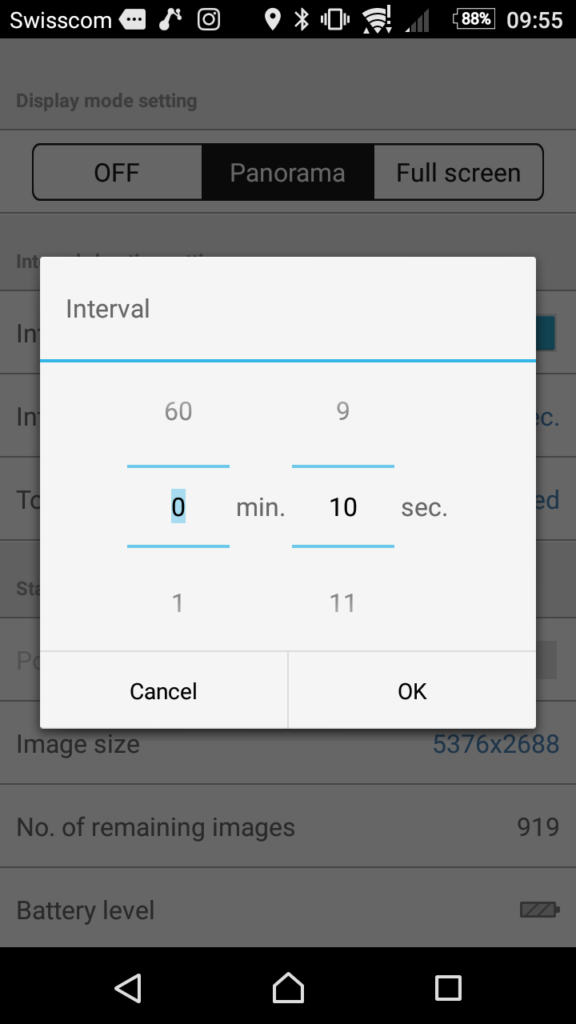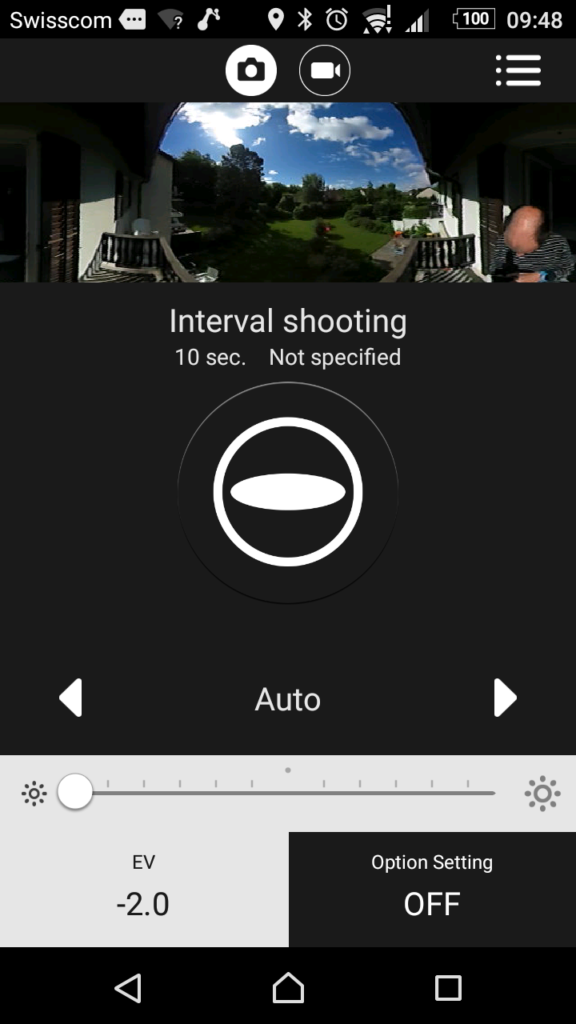The Post Social Media Era
I believe that we are shifting towards a Post Social Media Era where social networks are built in to online activities. People love to say that online social networks and social media are a waste of time and that they have a negative impact on how we feel about ourselves. For years I have been trying to demonstrate that social networks and social media are as valuable and important as socialising in person. The first 17 minutes are about a game that attempts to provide the player with empathy for those suffering from Anxiety. It then inspires Jack Septiceye to provide us with a look at how he felt after leaving college, how youtube helped him connect with people and how it had a positive impact on his life.
When most people read about social networks and social media they read about making money, social media marketing, trolling, disinformation, depression and many other topics but very few of these articles look at the positive impact that connecting with people can have through social media. Social media, after all connect people whether they live in the middle of a big city or in the middle of the countryside. When you live in the countryside and practice sports in the mountains then the car and social media are equally important for having a sociable life.
Focus on fun, not sensationalism
What social media practitioners and brands need to understand that social media and social networks are about people who are geographically dispersed want to have fun and socialise with other people. The most popular networks are those where the sense of community and fun is highest. Facebook grew because it provided a place for university students to mingle with people in their own university, people that they met in person and wanted to keep in touch with online.
Twitter at first was a “What are you doing now” network where people posting at the same time would find common passions and from there chat and build up friendships before bringing them to the real world.
How can you do that in a media landscape where people see social media as a branding opportunity, where people automate their contributions to the network. As the number of impersonal posts increases so the amount of noise increases.
Converse to be relevant.
Social media and social networks need to stay social. They need to encourage people to come and spend some time with other people. Why would you spend time in a place where no one listens to you, where no one values your presence? The multiplayer game play video illustrates this perfectly. The more you enjoy yourself the more likely you are to spend your time doing something.
Social networks and Social media need to prioritise social interactions and conversations between friends and like minded people rather than encourage the broadcast mentality. The broadcast mentality is what encouraged me to blog again. Why waste time on facebook and twitter writing short posts with no value to make money for someone else when I can blog instead. I can practice and improve my writing skills, I can work on my ideas and then people can read and use these ideas for their own projects. The low ROI in social media could explain why so many people log in daily but so few participate via their timeline.
Future opportunities
We will see what the next stage of social networks will be. Will it be AltspaceVR with VR Goggles. Â Will social networks and social media become invisible as they become more present in our lives? Look at Google Hangouts, Google docs and online collaboration. Look at sports social networks like Strava. A gamer plays online games, a writer writes blog posts and articles, a photographer shares images, a youtuber shares videos, an athlete shares workouts… Do we still need Facebook and Twitter in a time when social networks are no longer for socialising? New doors and opportunities are emerging and we have to be there to take advantage.


 You can set the interval to take pictures from every 8 seconds to every 60 minutes and 59 seconds.
You can set the interval to take pictures from every 8 seconds to every 60 minutes and 59 seconds.